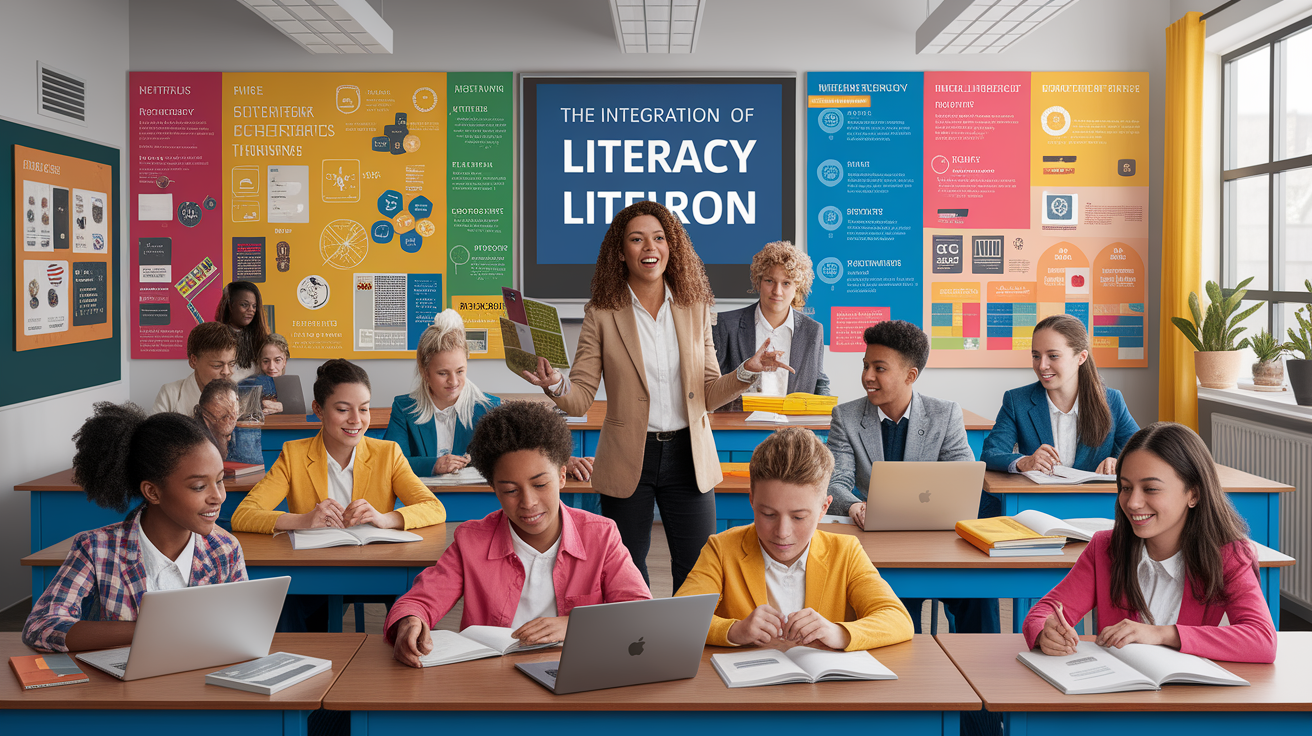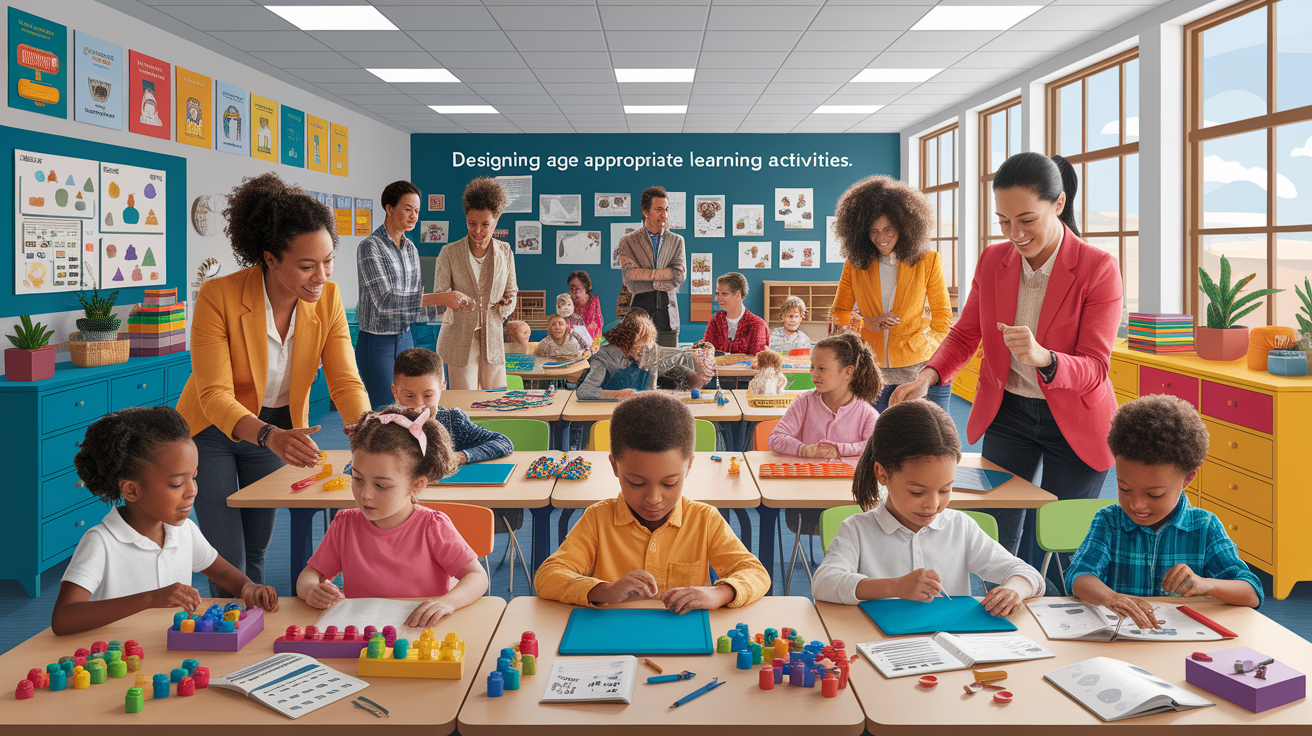Introduction – Unlocking Critical Thinking through Media Literacy
Imagine your students becoming skilled detectives—not of crime scenes, but of the endless stream of news articles, ads, TikToks, and memes that flood their screens daily. That is the power of media literacy in action. Media literacy helps children and teens learn how to access, analyze, evaluate, and create media across formats, building their critical thinking and digital citizenship skills. In a world bursting with information—and yes, plenty of misinformation—the ability to decode messages and understand their impact on our thoughts and behaviors is essential for every learner in K-12 education.

Establishing Core Standards and Objectives
Before diving into lesson plans or flashy apps, teachers need a solid foundation of standards and objectives. This means defining clear outcomes like: understanding how media is constructed, identifying bias, verifying facts, and practicing ethical communication online. Schools can draw on guidelines from national and state initiatives that advocate embedding media literacy into subject areas rather than teaching it as a single course. According to data on U.S. educational frameworks, all 50 states have integrated some level of media literacy, but implementation varies widely—making local adaptation key.

Integrating Media Literacy into the Curriculum
The magic happens when media literacy becomes part of everyday learning. In elementary school, students might explore how commercials persuade viewers or how images tell stories. Middle schoolers can analyze media bias, examine advertising’s influence, and delve into online safety. By high school, learners are ready to tackle complex issues such as media ownership, propaganda analysis, and the societal role of media. Subjects like social studies, English, civics, and even health offer perfect opportunities for integrating these skills without overloading the curriculum.

Designing Age-Appropriate Learning Activities
Successful teaching hinges on making activities relevant and engaging for each age group. Here are some ideas:

- Elementary school: Have students compare different toy commercials to identify persuasive techniques. Use visual literacy to spot differences between an ad and reality.
- Middle school: Organize a “spot the fake news” scavenger hunt. Students practice fact-checking and source evaluation while learning about bias detection.
- High school: Assign teams to create a short digital storytelling project highlighting an important social issue, combining research, ethical considerations, and message design.
These activities not only make learning about media literacy fun, but they also promote critical thinking and the ability to navigate complex media landscapes.
Leveraging Technology and Digital Tools
Technology is both the playing field and the toolkit in media literacy education. Teachers can use video editing software, online fact-checking sites, and interactive platforms to bring concepts to life. For example:
- Use online verification tools to teach information literacy.
- Incorporate social media simulations to explore digital footprints and online safety.
- Leverage educational apps that walk students through creating their own media projects, emphasizing ethical content creation.
With thoughtful technology integration, students not only learn how media works but also gain 21st century skills essential for future success.
Assessing Media Literacy Skills
Assessment isn’t just about grades—it’s about tracking growth in critical thinking and responsible media use. Teachers can measure progress through:
- Rubrics that evaluate analysis, source credibility, and bias detection.
- Portfolios showcasing media production projects across the year.
- Reflection journals where students discuss how they applied skills to real-world media encounters.
By using varied assessment strategies, educators can ensure students aren’t just memorizing definitions but actively becoming savvy media consumers and creators.
Conclusion – Cultivating Critical Thinkers for a Media-Saturated World
Media literacy empowers students to navigate information-rich environments with confidence, curiosity, and care. By integrating it into K-12 education, from playful elementary school activities to sophisticated high school projects, we prepare learners to recognize misinformation, engage ethically, and participate fully as informed citizens. In today’s media-saturated world, that’s not just a bonus skill—it’s a necessity.




